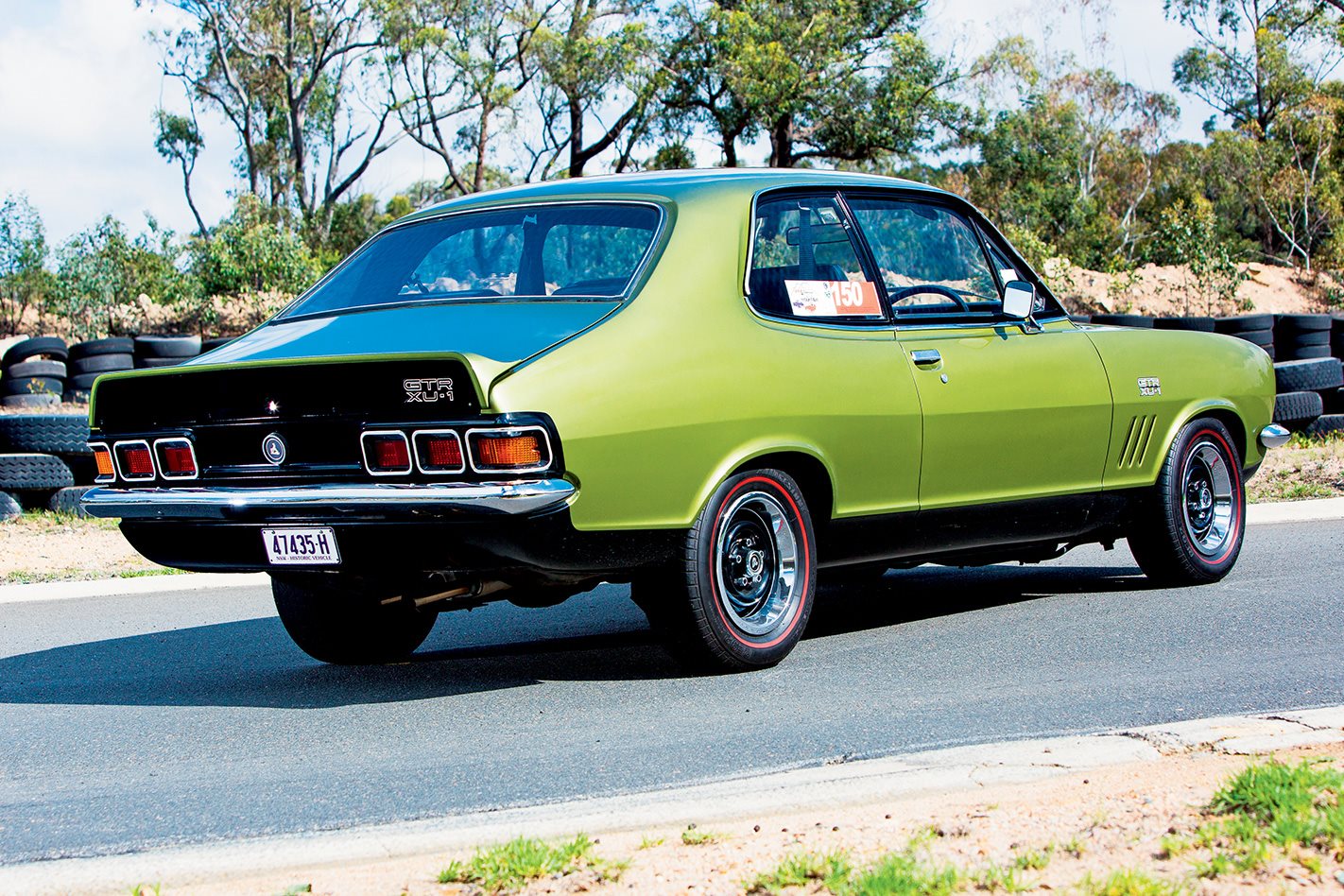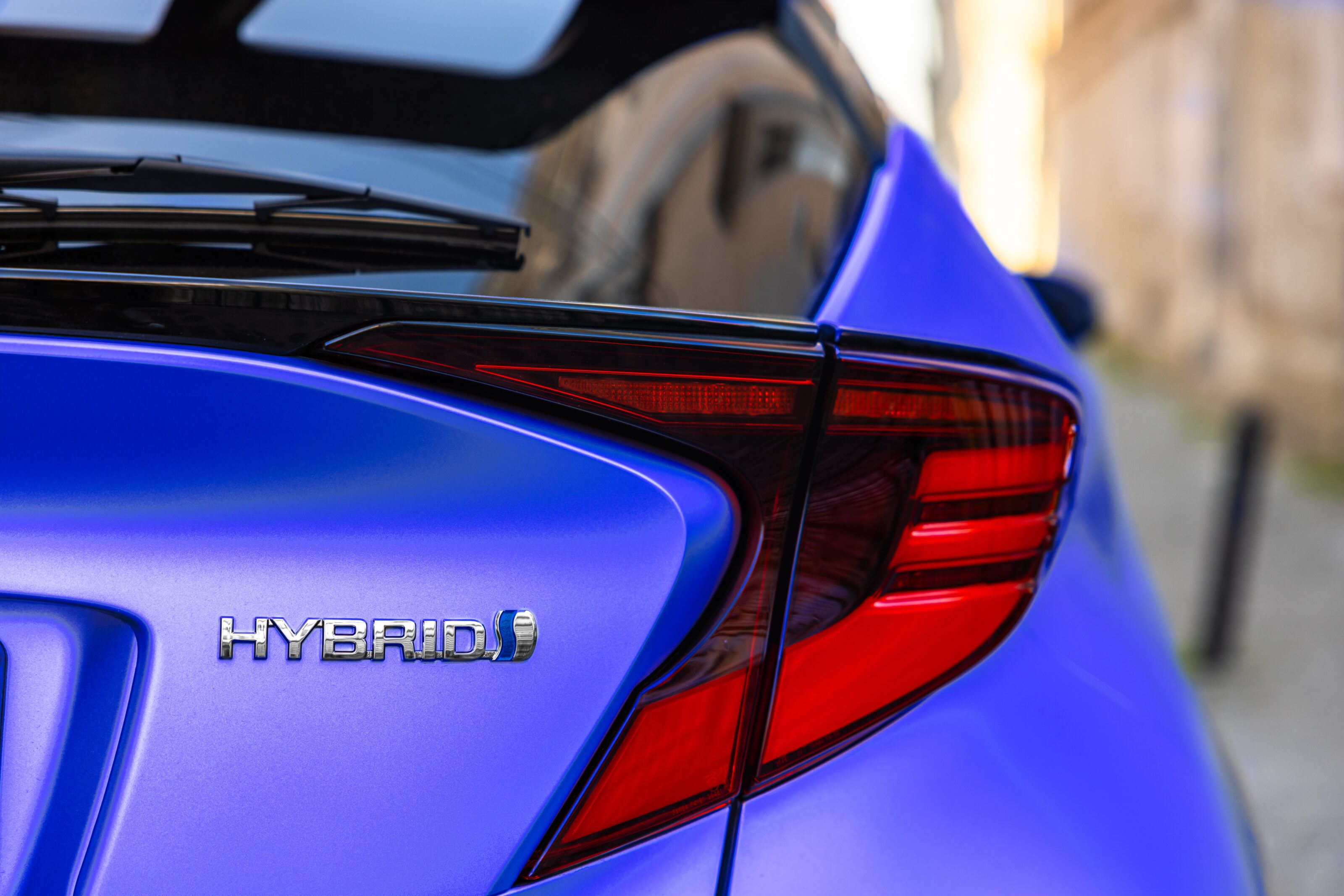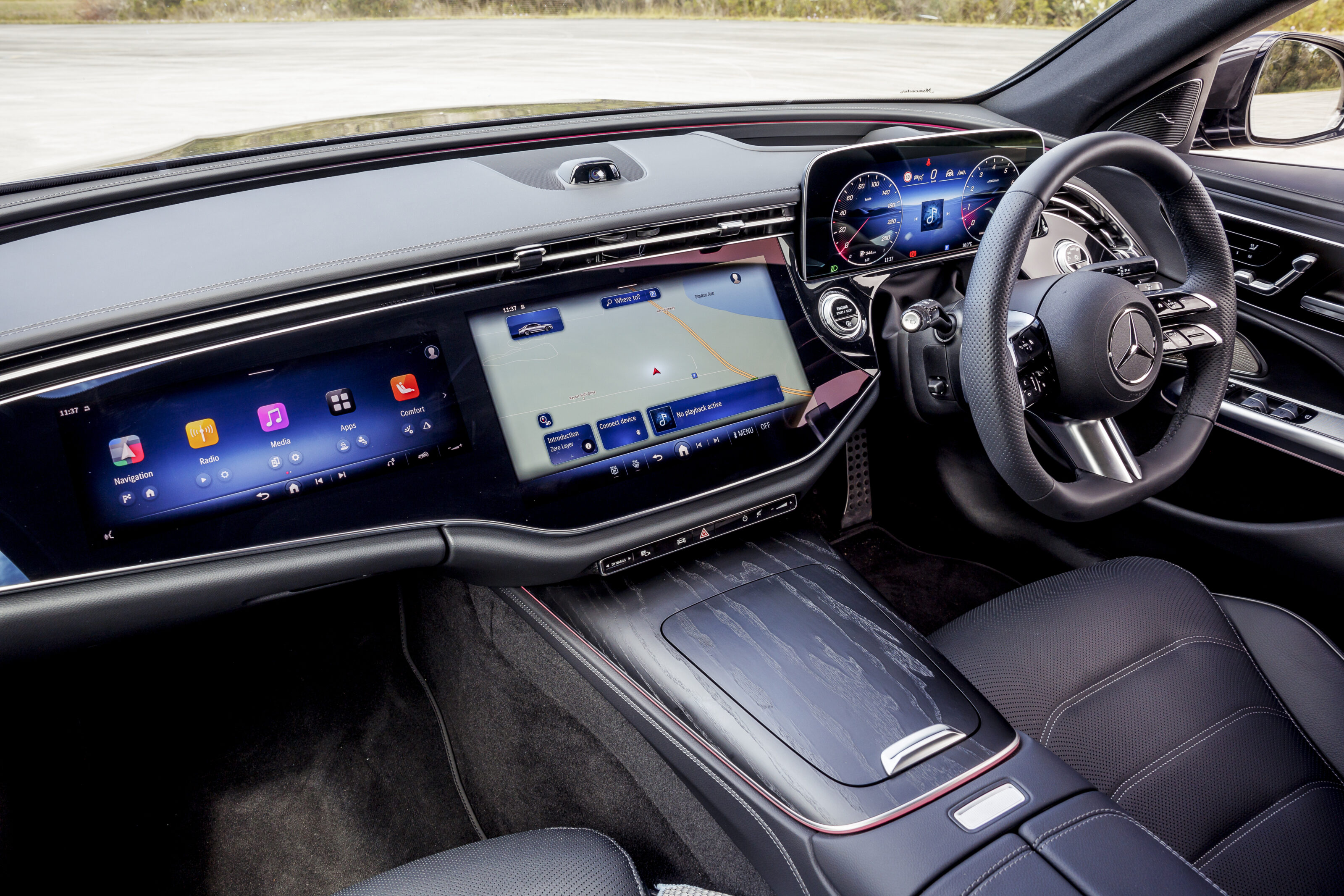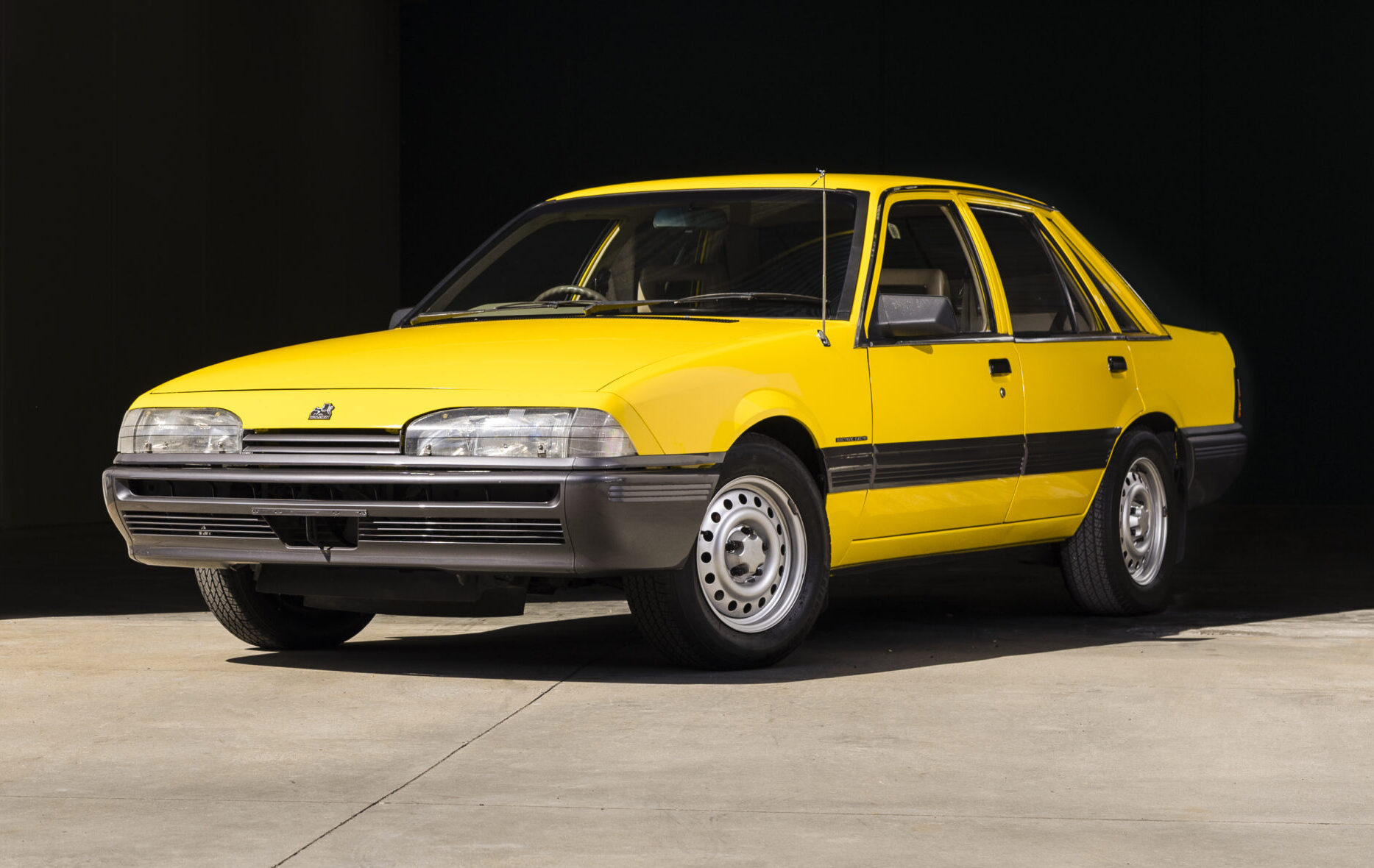Mount Panorama and its enduro played the frontline to Holden and Ford’s rivalry in the 1960s.
Production-spec rules that allowed any showroom car to reach the podium gifted the winner an advertisement better than any billboard. With this in mind Holden didn’t give Australians a roomier LC-series Torana in 1969 like expected, but a couple more pots instead.
The coupe now had a six. As a result the Torana would end the Ford Falcon GT-HO’s dominating grip on The Mountain and pour Peter Brock his first glass of winner’s champagne. The Toranas found a natural foe in Ford’s Capri GT, but its destiny meant inevitable comparisons to Holden’s HT Monaro GTS 350, Bathurst’s 1969 winner.
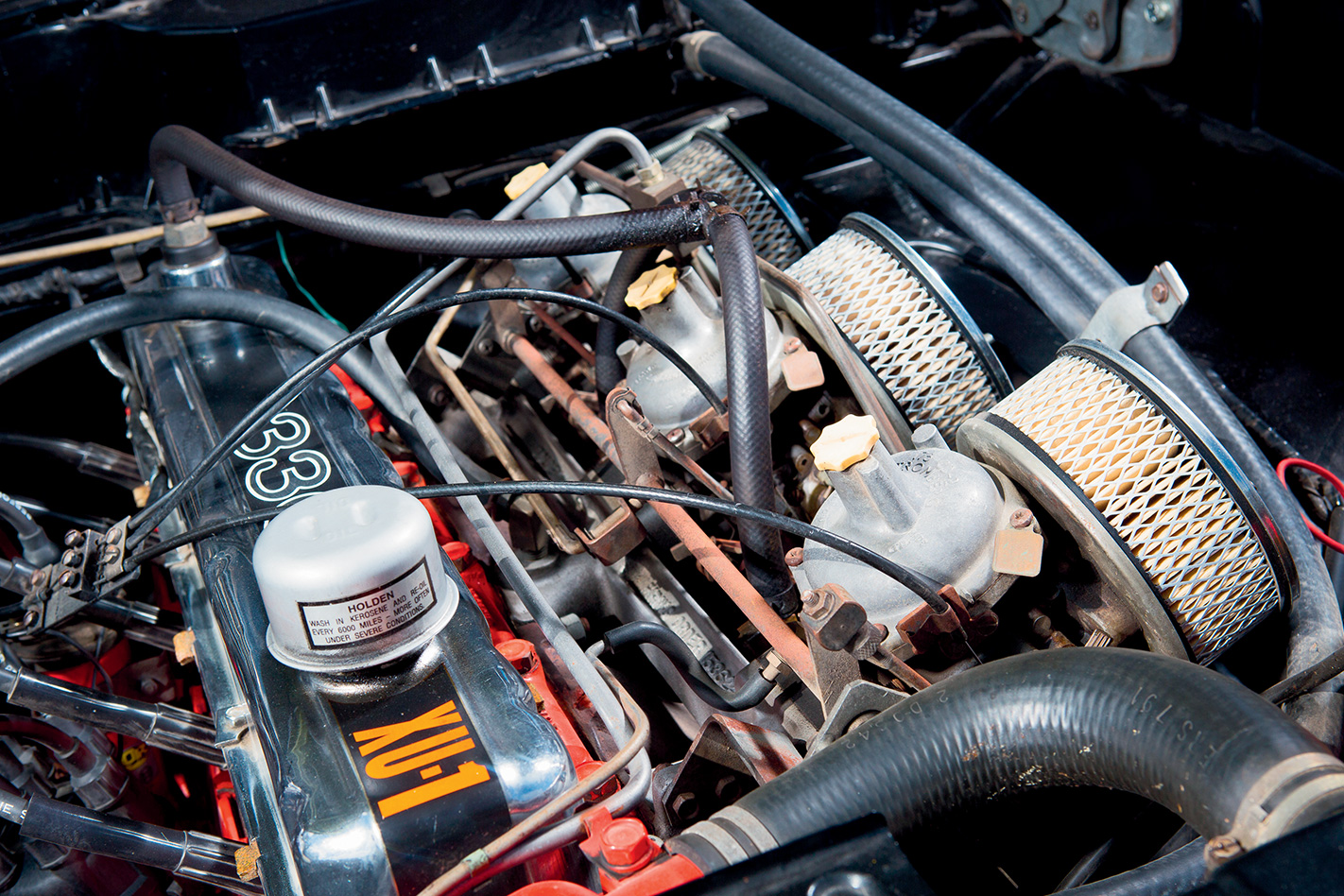
This inspired Harry Firth, the Holden Dealer Team’s boss, to put the GTR into development early on and try to extract something special in time for 1970’s race. So Holden dropped in a 3.1-litre straight six, the Monaro 350’s brake discs, stiffer suspension, and a larger 64-litre fuel tank.
A new front-dam aided cooling and a tiny rear spoiler helped aerodynamics. Revealed as the XU-1 performance and handling package, the newcomer debuted with 118kW and 258Nm. Nowhere near the Monaro’s grunt, but its weight meant faster corner exits than the Monaro.
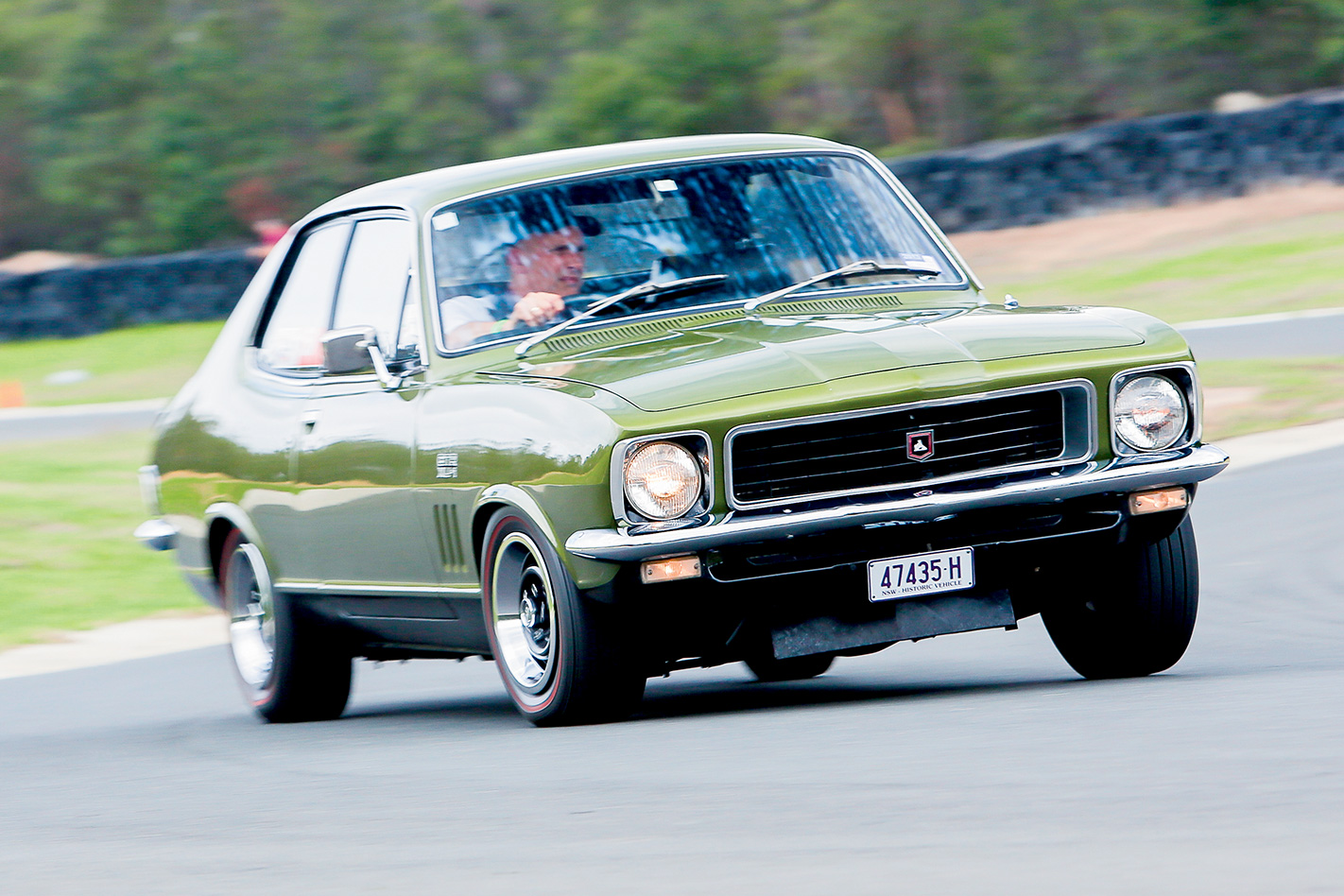
Vindication for Holden’s decision to swap out the Monaro at Bathurst came at Warwick Farm in September, 1970, when Colin Bond, in an XU-1 dusted off Bob Jane’s Monaro 350 at the Gold Star series production race. If HDT had made the wrong decision for Mount Panorama, it planned to dodge embarrassment by publicly gunning for a class win.
Come October, though, an all Torana XU-1 line-up with star drivers Norm Beech, Colin Bond, and an emerging Peter Brock, said otherwise. The Torana proved itself to take their class victory. Yet while it circulated Bathurst at great pace, the Falcon GT-HOs slaughtered them for outright speed.
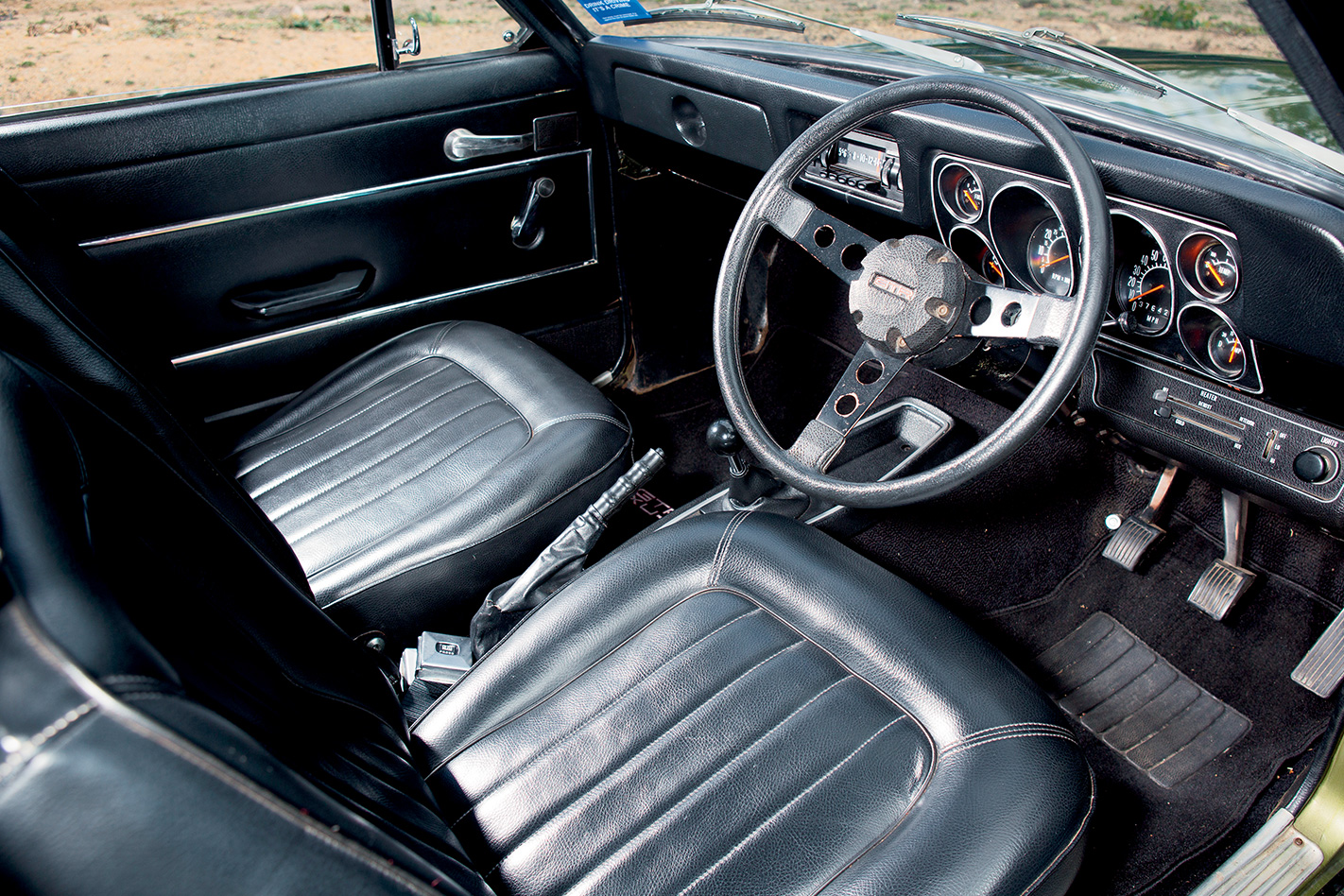
More capacity, bigger carbies, higher compression, and new cam timing netted an extra 22kW and 13Nm. Permitted blueprinting may have yielded more power in race spec.
Qualifying for 1972’s race revealed the Torana 3.3-litre still lacked the Falcon’s dry pace, despite 212km/h on Conrod Straight, but rainy conditions rewarded its nimbler package and Peter Brock’s wizardry in the wet. He finished first by eight minutes to steal the winner’s ribbon from Ford’s hands and cement the Torana into this hall of fame.
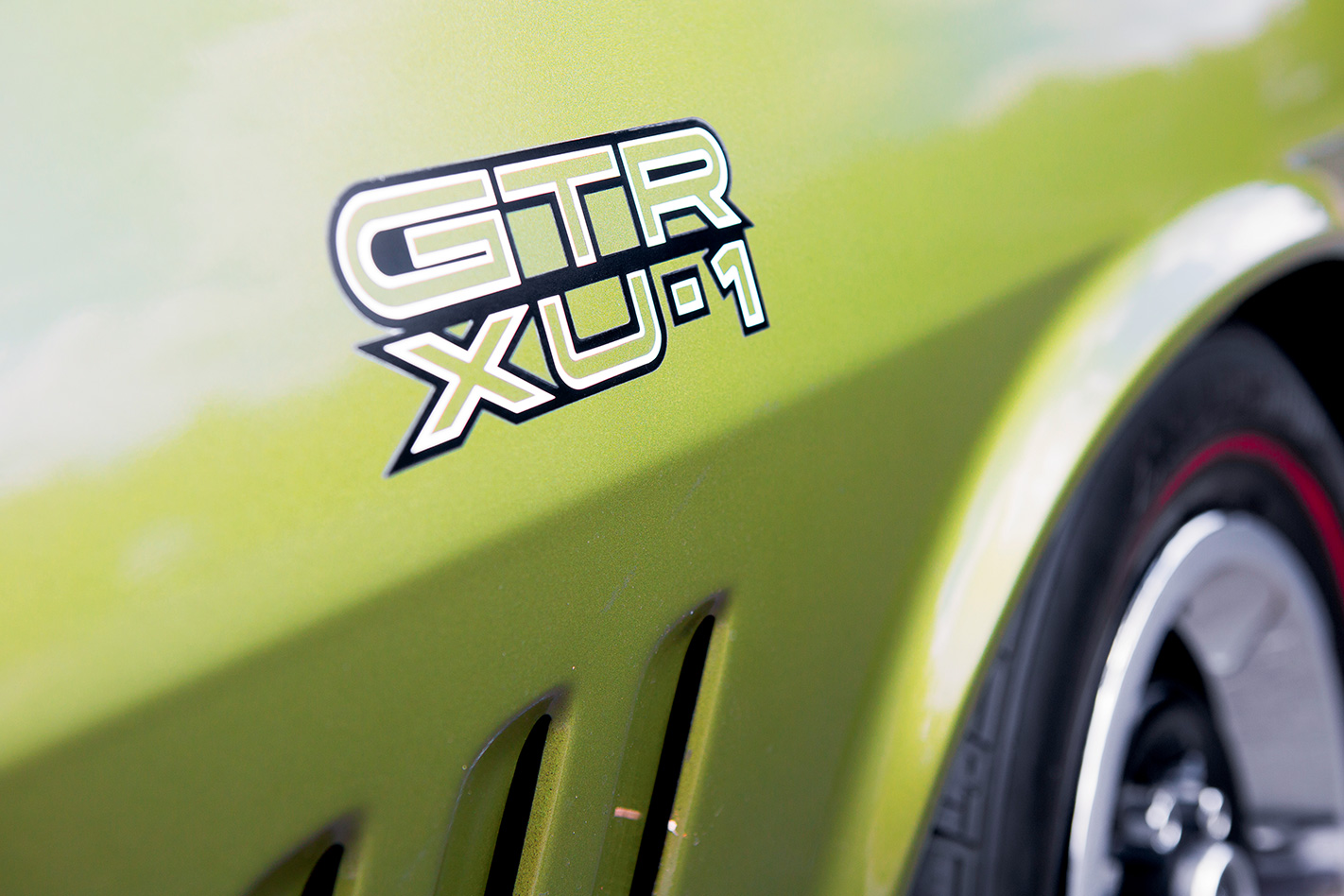
Holden used this to close the speed difference to Ford, however, its racecars and road cars were now a separate species. Leaving the LJ Torana GTR XU-1 as the last race-winning Holden you could buy new.
LJ Torana GTR XU-1 Specs: On sale: 1970-72 Engine: 3310cc 16, OHV, 12 valve Power: 140kW @ 5600rpm Torque: 271Nm @ 4000rpm 0-97 time: 8.4 seconds (claimed) Weight: 1098kg Price new: $3455


